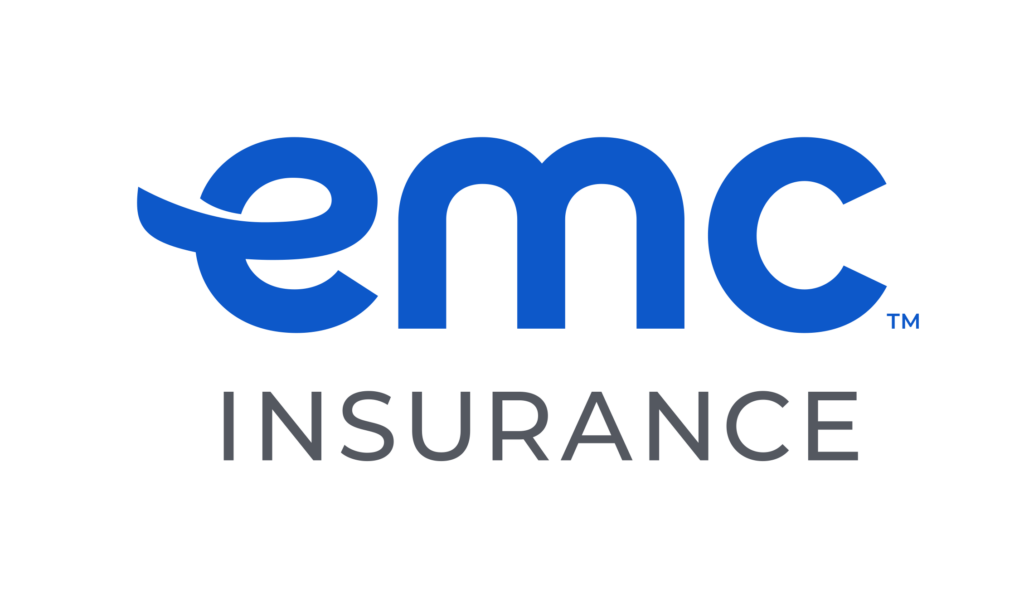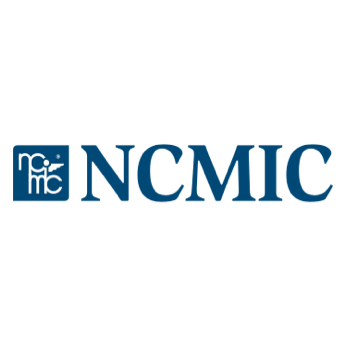Insurers take measure of new accounting rules

New international accounting standards now under consideration would bring significant changes in how U.S. insurance companies account for the products they sell. The changes could also influence the types of coverage that companies are willing to offer, and the ways in which regulators monitor the industry, experts say.
Perhaps most important, the new standards are intended to make insurers’ financial results more transparent for investors and consumers.
Representatives from global accounting and consulting firm PriceWaterhouseCoopers (PWC) outlined details of the proposed rules during a forum held last week at Drake University. Hosted by Drake’s actuarial science program, the event drew participants from 11 major insurance companies, among them Greater Des Moines-based Principal Financial Group Inc., American Equity Investment Life Insurance Co. and Aviva USA.
“This is a big change in the way insurance companies are going to report earnings,” said Larry Rubin, a partner with PWC’s Actuarial and Insurance Management Solutions practice in New York City, during a break in the forum.
“Insurance companies that may have looked profitable under the former method may no longer look as profitable, and vice versa,” said Rubin, who recently co-authored a paper titled “Fair Value of Insurance Contracts,” published by the International Congress of Actuaries. “So it probably will dramatically impact not only how the insurance companies report, but also what products they write and what guarantees they’re willing to offer, and therefore it has implications for consumers as well.”
The International Accounting Standards Board (IASB) in July published an exposure draft that outlines the proposed changes. The proposed insurance accounting rules are part of a larger effort to develop a set of global standards, the International Financial Reporting Standards (IFRS), which have already been voluntarily adopted by some U.S. companies that operate internationally.
Though the IASB is expected to issue a final decision in June 2011, the new rules aren’t expected to be adopted by U.S. insurers until 2015 at the earliest.
American insurers currently use Generally Accepted Accounting Principles (GAAP), which are formulated by the Financial Accounting Standards Board (FASB). For the past two years, the FASB has been working toward convergence with the IASB’s proposal, and last week issued a discussion paper on the topic.
“This is the first time we’ve seen actual words saying what is the possible standard,” said Sam Gutterman, a director and consulting actuary with PWC’s Chicago office, who spoke on the panel. “So now the U.S. insurance industry, though there is no absolute certainty they’ll be affected, can actually see what these impacts may be in their financial statements.”
In an hour-long presentation to the actuaries gathered, Gutterman outlined the proposed “building block” model that insurance companies would use to measure insurance liabilities, based on assessments of the timing and risk of future cash flows.
Reviews are mixed on whether the changes would be good or bad for the industry, he said during a break.
“I think most people are focused on the fact that it’s going to be a big change,” he said. “This is going to be a restructuring of their financial statements, different presentations and formats in terms of communication to investors and the outside world, so therefore this is going to be significantly affecting their operations.”
The current GAAP system used by insurers “really makes it difficult to compare the relative performance of insurance companies,” Gutterman said.
For instance, an insurance policy in which all elements of the contract are guaranteed is subject to one GAAP accounting standard, but if the contract is changed so that just one element is not guaranteed, it’s subject to an entirely different standard, Gutterman said. “Even though the difference in the contracts can be slight, the accounting is very different, and then how do you compare them, even though economically they perform exactly the same?”
Though the IFRS model’s basic structure is known, many changes are possible as the rules are tweaked in the next nine months, Gutterman said. “This is an attempt to open it up and make it more understandable,” he said. “The question is where they will end up.”
On the regulatory side, the National Association of Insurance Commissioners is assessing how the statutory accounting system it uses to oversee insurers will change, said Terri Vaughan, the association’s CEO and former Iowa insurance commissioner, who was one of the panelists.
“One of the things we have to figure out is what the implications are of the creation of international financial reporting standards and possible convergence between GAAP and IFRS,” she said.
European countries adopted a similar standard called Market Consistent Embedded Value about three years ago, Rubin noted. Some of the proposed IFRS rules have been written to address problems encountered with that standard, he said.
In Europe, “they found that a lot of life insurance companies were less willing to write savings guarantees (for policies with savings components), because the accounting became very onerous,” he said. “So it’s very possible you could see some of that in the United States.”
A comment period on the insurance contracts standard is open until Nov. 30; the exposure draft can be viewed under the “Comment on a proposal” tab at www.ifrs.org.











